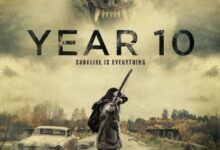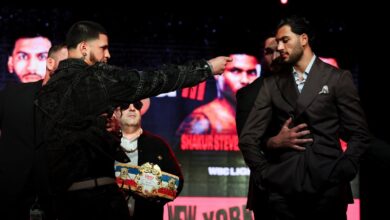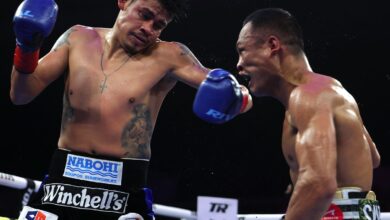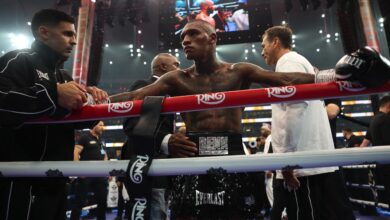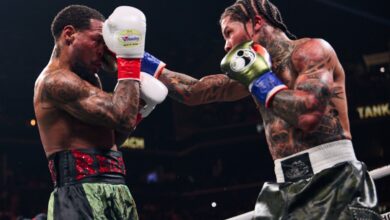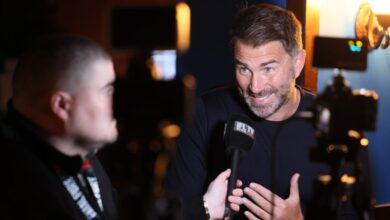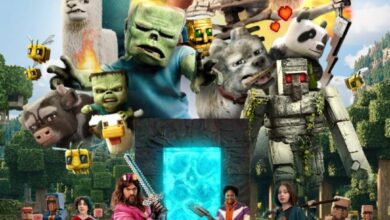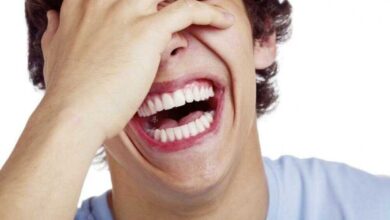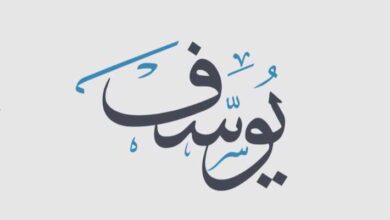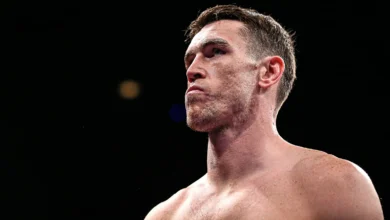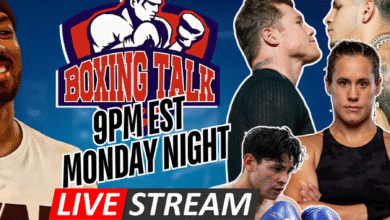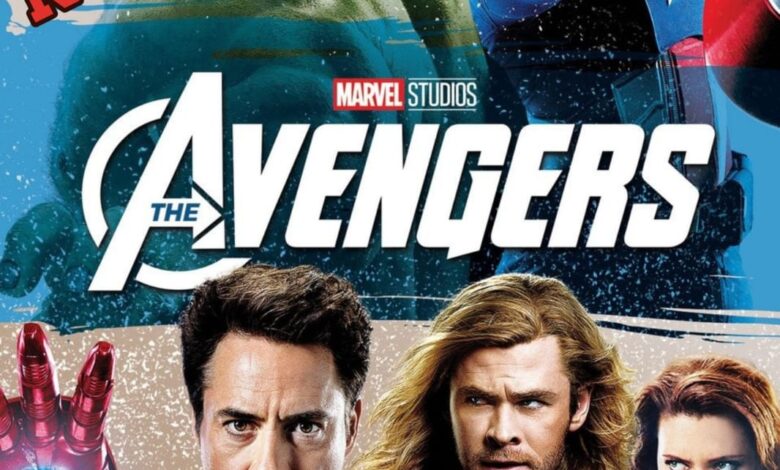
|
Getting your Trinity Audio player ready...
|
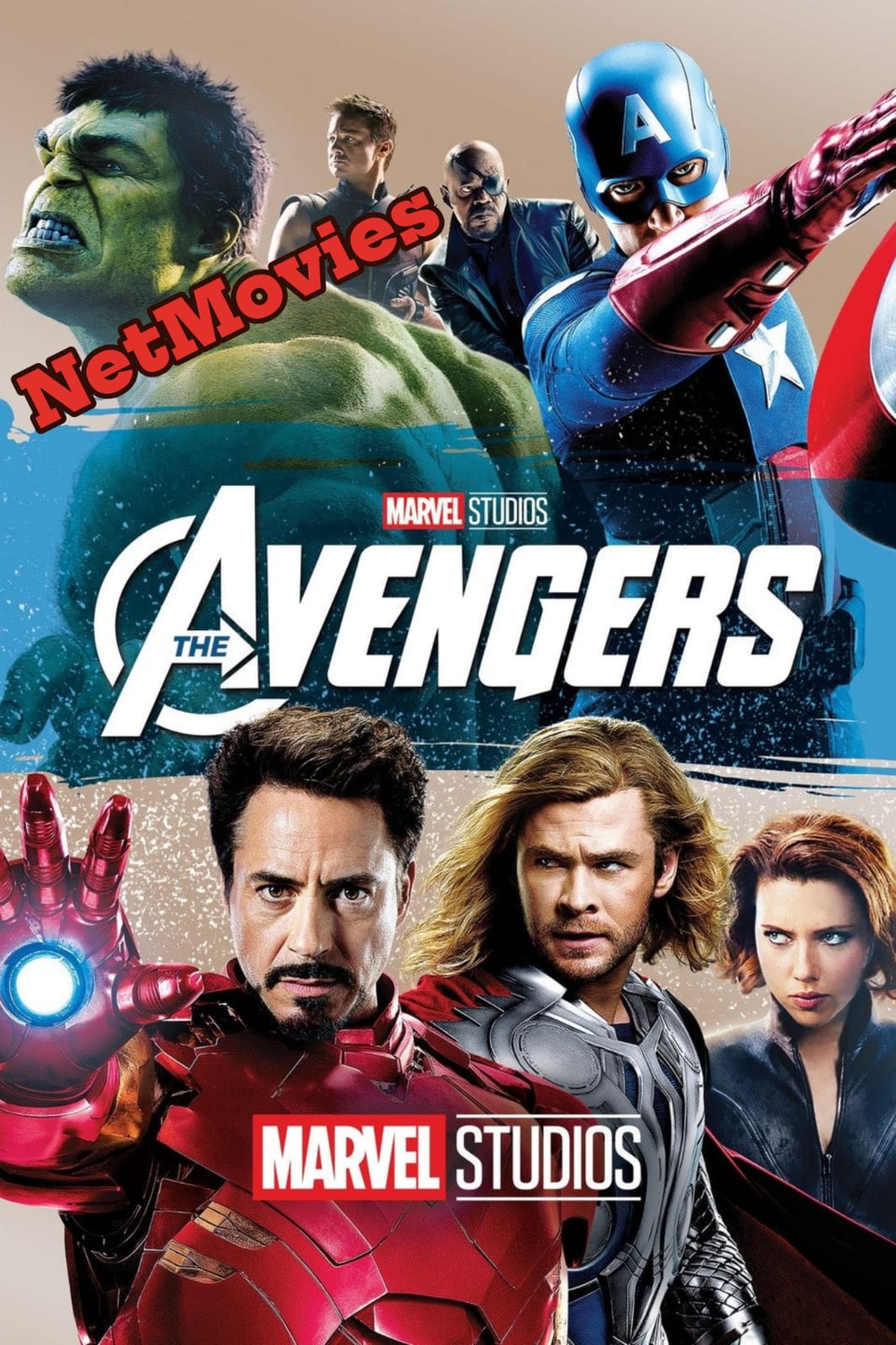
The Avengers Assemble: A Closer Look at the Superhero Team Dynamics
The Avengers Assemble: An In-Depth Look at the Superhero Team Dynamics Founded in 1963 by writer Stan Lee and artist Jack Kirby, the Avengers are one of the most recognizable superhero teams in comic book history. Iron Man, Thor, the Hulk, Ant-Man, & Wasp were all part of the original lineup & joined forces to fight Loki, the God of Mischief, as a common foe. This grouping of heroes signified a dramatic change in comic book storytelling & was more than just a marketing ploy. Complex stories that examined the relationship between distinct characters and their group goal were made possible by the idea of a team. The Avengers was created to represent the universally appealing concept that “unity is strength.”.
Key Takeaways
- The Avengers’ teamwork and collaboration are essential in defeating villains, showcasing the power of unity and cooperation.
- The leadership dynamics between Captain America and Iron Man play a crucial role in guiding the team and making strategic decisions.
- The diversity and inclusion within The Avengers highlight the representation of different superheroes, promoting inclusivity and representation in popular culture.
- The evolution of The Avengers over time has led to changes in team dynamics, reflecting the growth and development of the superhero team.
- The impact of The Avengers on popular culture and society is significant, as the superhero team has influenced and shaped the entertainment industry and societal values.
In the early 1960s, superhero stories gained popularity, which prompted the creation of The Avengers. Marvel Comics aimed to produce a team that could compete with DC Comics’ Justice League. Lee & Kirby combined characters with unique abilities and personalities to create a dynamic that would provide for a wealth of narrative possibilities. As the foundation for upcoming generations of comic book readers & creators, the Avengers swiftly developed into a forum for examining themes of bravery, selflessness, & friendship. Captain America is the archetypal hero.
Captain America epitomizes traditional heroism with his unflinching sense of duty and moral compass. He is frequently regarded as the team’s leader, offering direction and motivation when things get tough. He values the opinions of every team member and works to keep everyone united under his inclusive leadership style. He leads well under pressure because of this strategy, which cultivates loyalty and teamwork.
The Leader of Today: Iron Man.
The leadership style of Iron Man, on the other hand, is more contemporary. Although he frequently puts innovation ahead of tradition, his intelligence, technological skill, and strategic thinking make him a formidable leader. Tony Stark’s courage to take chances & question the status quo is a hallmark of his leadership style.
| Topic | Metrics/Data |
|---|---|
| The Avengers Assemble: A Closer Look at the Superhero Team Dynamics | Analysis of team dynamics, collaboration, and conflicts |
| The Origins of The Avengers: Exploring the Creation of the Superhero Team | Historical background, creators, and initial concept |
| The Leadership Dynamics within The Avengers: Analyzing the Role of Captain America and Iron Man | Comparison of leadership styles, decision-making, and influence |
| The Power Dynamics: Understanding the Strengths and Weaknesses of Each Avenger | Assessment of individual abilities, skills, and limitations |
| The Teamwork and Collaboration: Examining How The Avengers Work Together to Defeat Villains | Examples of successful teamwork, coordination, and strategies |
| The Conflict and Tension: Uncovering the Interpersonal Relationships and Frictions within The Avengers | Exploration of personal conflicts, disagreements, and resolutions |
| The Evolution of The Avengers: Tracing the Changes in Team Dynamics Over Time | Timeline of team changes, roster additions, and developments |
| The Diversity and Inclusion: Highlighting the Representation of Different Superheroes in The Avengers | Analysis of diverse characters, backgrounds, and inclusivity |
| The Impact of The Avengers: Discussing the Influence of the Superhero Team on Popular Culture and Society | Evaluation of cultural impact, fanbase, and societal relevance |
The dynamics of leadership are complex. The conflict between Iron Man’s and Captain America’s opposing ideologies draws attention to how intricate the dynamics of leadership are within The Avengers. This contrast demonstrates how opposing styles can challenge and support one another, strengthening the team in the process. The Avengers’ intricate power dynamics are a result of the individual strengths and weaknesses that each member contributes to the group.
Thor, for example, is a powerful force in combat due to his extraordinary physical prowess and divine abilities. But occasionally, his brazenness can result in snap decisions that could compromise the team’s goals. The espionage abilities and agility of Black Widow, however, offer a distinct kind of strength that is based on strategy and stealth. Her prior traumas, however, can sometimes make it difficult for her to completely trust her teammates.
Another level of intricacy in the dynamics of the team is represented by Hulk. The only thing that can match his extraordinary strength is his difficulty controlling his anger. Despite his ability to use sheer force to win a battle, his unpredictable nature jeopardizes team unity. On the other hand, Hawkeye and other characters may feel that their more powerful teammates eclipse them despite their remarkable tactical abilities & marksmanship. In addition to enhancing the story, this interplay of strengths and weaknesses highlights how crucial teamwork is to conquering obstacles.
The Avengers’ ability to function as a cohesive team in spite of their differences is what makes them so great. Their ability to work as a team is frequently demonstrated in painstakingly planned battle scenes where every participant is essential. For instance, the final conflict with Loki’s extraterrestrial army in the 2012 movie “The Avengers” shows how each hero’s special skills work in concert with one another.
Iron Man supports Captain America in the air, while Black Widow & Hawkeye carry out covert operations to obtain intelligence. Beyond physical altercations, collaboration also entails team members developing trust & providing emotional support to one another.
The Avengers show that empathy and understanding are necessary for genuine teamwork in vulnerable situations, such as when they face their fears or past transgressions.
This emotional connection makes them more determined to face powerful enemies like Ultron or Thanos, demonstrating that their greatest strength lies not only in their individual abilities but also in their capacity to work together as a team. Despite their reputation for cooperation, The Avengers do have internal strife.
Differing beliefs and life experiences frequently lead to tensions. In “Captain America: Civil War” (2016), for example, the ideological differences between Captain America and Iron Man about government oversight are resolved. Their friendship is put to the test, and other team members are forced to take sides, demonstrating how individual convictions can affect group dynamics. Relationships among team members may also be tense because of unresolved issues or miscommunications.
Despite their different views on heroism, characters like Hawkeye and Black Widow have a strong bond that stems from their shared experiences as spies. These conflicts give the story depth & show that even heroes struggle to keep relationships intact when things get tough. Since their founding in 1963, the Avengers have seen substantial change. The team was first made up of a few heroes, but over the years, it has grown to include a wide range of characters with different backgrounds and skill levels. This development is a reflection of wider cultural shifts and a growing focus on representation in popular culture.
Spider-Man, Captain Marvel, Black Panther, and other more recent additions have given the group new dynamics and viewpoints. Also, the representation of The Avengers has changed from conventional heroism to more complex portrayals that delve into moral ambiguity and individual challenges. Storylines like “The Ultimates” redefined the group for audiences in the modern era while tackling topics like politics and superhero ethics. This development permits a more thorough examination of character growth and team dynamics in addition to maintaining the story’s relevance.
Over time, diversity has come to define The Avengers’ identity. Superheroes from different backgrounds, genders, and ethnicities have gradually joined the team, which was initially dominated by white male characters. Black Panther and other characters bring African heritage into popular superhero stories by symbolizing both racial diversity and cultural richness.
In a similar vein, Captain Marvel is a strong female protagonist who subverts gender norms in the genre. By providing a range of viewpoints on morality and heroism, the inclusion of diverse characters enhances storytelling. Also, it appeals to viewers who are looking for media representation. The Avengers encourage future generations to embrace diversity as a strength rather than a limitation by presenting heroes from a variety of backgrounds, reflecting a more inclusive society.
The Avengers’ influence goes well beyond comic books; it has had a big impact on popular culture & how society views bravery. The popularity of superhero movies has increased as a result of Marvel’s cinematic universe, which has also influenced storytelling and filmmaking trends in other genres. The box office success and cultural significance of the Avengers films are evidenced by their billion-dollar box office receipts. Also, in today’s world, The Avengers have come to represent resiliency and hope.
Their stories frequently touch on values that audiences dealing with everyday difficulties can relate to, like cooperation, selflessness, & speaking out against injustice. Younger generations look up to these characters as role models because they encourage people to embrace their own capacity for heroism in daily situations and support the notion that anyone can be a hero in their own right. In summary, The Avengers are more than just a group of superheroes; they are complex beings that represent social values and human relationships. Their development into a cultural phenomenon shows how narrative can change over time and still be appealing to audiences of all ages.
FAQs
What is the origin of The Avengers superhero team?
The Avengers were created by writer Stan Lee and artist Jack Kirby and first appeared in “The Avengers” #1 in 1963. The team was formed by the character Nick Fury, who brought together Iron Man, Thor, Ant-Man, Wasp, and the Hulk to combat the villain Loki.
What are the leadership dynamics within The Avengers?
The leadership dynamics within The Avengers are primarily represented by Captain America and Iron Man. Captain America is often seen as the moral compass and strategist of the team, while Iron Man brings his technological expertise and resources to the table.
What are the power dynamics within The Avengers?
Each Avenger brings unique strengths and weaknesses to the team. For example, Thor possesses god-like strength and control over lightning, while Black Widow relies on her agility and espionage skills.
How do The Avengers work together to defeat villains?
The Avengers utilize teamwork and collaboration to combine their individual strengths and abilities to overcome powerful adversaries. They often strategize and coordinate their efforts to exploit the weaknesses of their opponents.
What interpersonal relationships and frictions exist within The Avengers?
The Avengers are not without conflict and tension, as the diverse personalities and backgrounds of the team members can lead to interpersonal frictions. For example, the rivalry between Iron Man and Captain America has been a recurring theme in the team’s history.
How has the team dynamics of The Avengers evolved over time?
The team dynamics of The Avengers have evolved as new members have joined and left the team, leading to shifts in leadership, power dynamics, and interpersonal relationships. The team has also faced various internal and external challenges that have shaped its dynamics.
How does The Avengers represent diversity and inclusion?
The Avengers represent diversity and inclusion by featuring a wide range of superheroes from different backgrounds, cultures, and abilities. Characters like Black Panther, Falcon, and Scarlet Witch bring diversity to the team and promote representation in popular culture.
What is the impact of The Avengers on popular culture and society?
The Avengers have had a significant influence on popular culture and society, as they have become iconic symbols of heroism, teamwork, and resilience. The team’s popularity has led to numerous adaptations in film, television, and other media, inspiring audiences around the world.
download and watch
